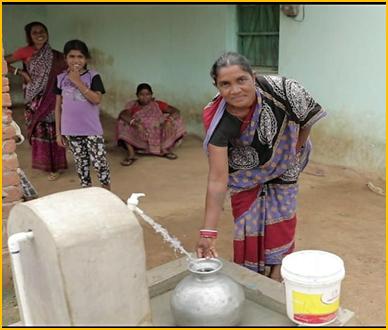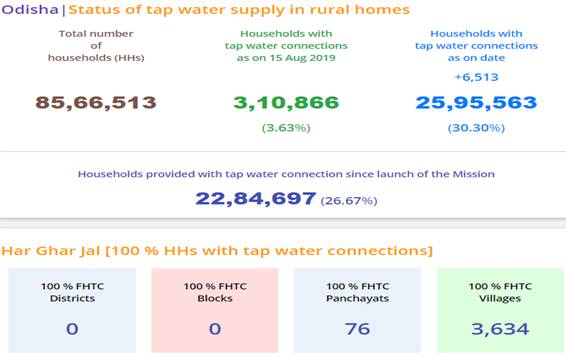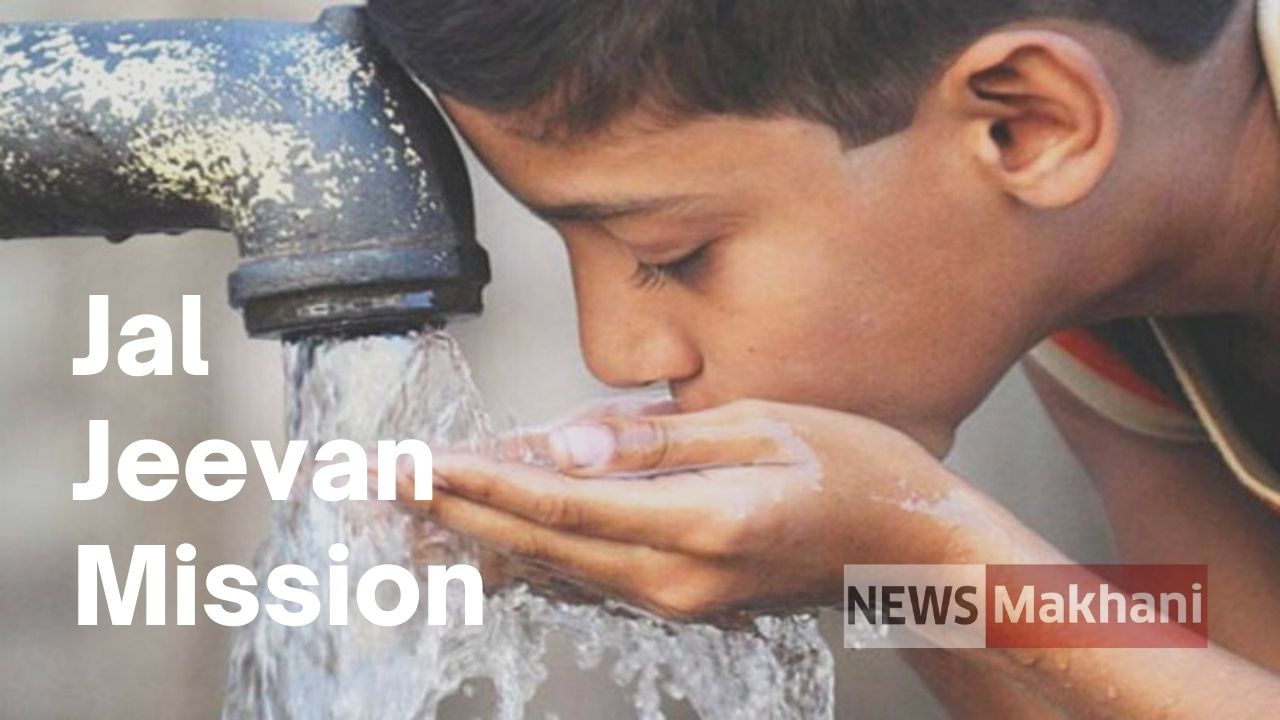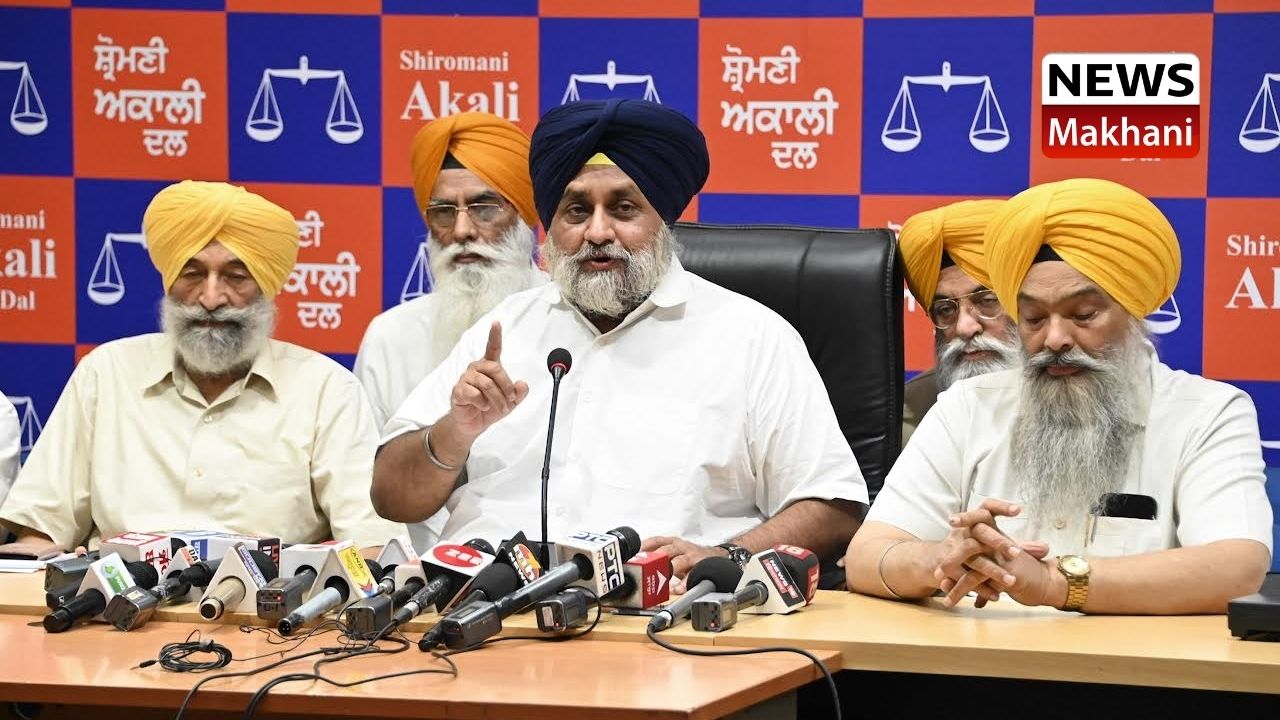With Four-Fold Increase in Allocation, Centre Supports Odisha to Become ‘Har Ghar Jal’ State by March, 2024
To translate the Prime Minister Shri Narendra Modi’s vision of providing clean tap water to every household to improve the lives of people especially women and children, Central grant to Odisha under the Jal Jeevan Mission in the year 2021-22 has been increased to Rs. 3,323.42 Crore, which was Rs. 812.15 Crore in 2020-21. Union Minister, Jal Shakti, Shri Gajendra Singh Shekhawat while approving this four-fold increase in allocation has assured full assistance to the State for making provision of tap water supply in every rural home by March, 2024.
 At the start of the Mission in 2019, out of a total of 18.93 Crore rural households in the country, only 3.23 Crore (17%) had tap water connections. During the last 22 months, despite Covid-19 pandemic resulting into lockdowns and repeated disruptions, Jal Jeevan Mission has been implemented with speed and 4.5 Crore households have been provided with tap water connections. With the increase in coverage by 23.5%, presently 7.69 Crore (40.6%) rural households across the country have tap water supply. Goa, Telangana, Andaman & Nicobar Islands and Puducherry have achieved 100% household with assured tap watersupply and have become ‘Har Ghar Jal’. Following the principle of Prime Minister’s vision of ‘SabkaSaath, Sabka Vikas, Sabka Vishwas’, the motto of the Mission is that ‘no one is left out’ and every household in a village should be provided with tap water connection. At present, in 69 districts and more than 99 thousand villages, every household has tap water supply.
At the start of the Mission in 2019, out of a total of 18.93 Crore rural households in the country, only 3.23 Crore (17%) had tap water connections. During the last 22 months, despite Covid-19 pandemic resulting into lockdowns and repeated disruptions, Jal Jeevan Mission has been implemented with speed and 4.5 Crore households have been provided with tap water connections. With the increase in coverage by 23.5%, presently 7.69 Crore (40.6%) rural households across the country have tap water supply. Goa, Telangana, Andaman & Nicobar Islands and Puducherry have achieved 100% household with assured tap watersupply and have become ‘Har Ghar Jal’. Following the principle of Prime Minister’s vision of ‘SabkaSaath, Sabka Vikas, Sabka Vishwas’, the motto of the Mission is that ‘no one is left out’ and every household in a village should be provided with tap water connection. At present, in 69 districts and more than 99 thousand villages, every household has tap water supply.
On 15th August, 2019, at the time of launch of Jal Jeevan Mission, only 3.10 lakh (3.63%) households had tap water connections. Since then, 22.84 lakh households in the State have been provided with tap water connections. Thus, in Odisha, out of a total of 85.66 lakh households, now 25.95 lakh households (30.3%) have tap water supply.In 2021-22, State has planned to provide tap water connections to 21.31 lakh households, 22.53 lakh tap water connections in the year 2022-23 and 18.87 lakh tap water connections in 2023-24 to achieve tap water supply for every rural household.
In his letter to the Chief Minister of Odisha, Union Minister, Jal Shakti, Shri Gajendra Singh Shekhawat has emphasized that the work of providing tap connections should start in all the villages so that the state can provide tap water supply to every household by March, 2024.
To support Odisha in its endeavor to execute the annual plan for 2021-22, Central allocation has been increased four-fold. With unspent balance of Rs. 10.93 Crore and matching State’s share of Rs. 3,253 Crore, in all Rs. 6,596 Crore is available for water supply work in the State in 2021-22. Thus, there is no shortage of fund availability.

To enable PRIs to manage water supply and ensure improved sanitation in villages, in 2021-22, Rs. 1,002 Crore has been allocated to Odisha as 15th Finance Commission tied grant for water & sanitation to Rural Local Bodies/ PRIs. There is an assured funding of Rs. 5,280 Crore for the next five years i.e. up to 2025-26. This huge investment in rural areas of Odisha, will accelerate economic activities and also boost rural economy. It will create new employment opportunities in villages.
To ensure safe tap water to children in schools, ashramshalas and anganwadi centres in the country, Prime Minister Shri Narendra Modi announced 100-days campaign, which was launched by the Union Minister Shri Gajendra Singh Shekhawat on 2nd October 2020. As a result, States/ UTs like Haryana, Himachal Pradesh, Punjab, Gujarat, Andhra Pradesh, Goa, Tamil Nadu, Telangana, Andaman & Nicobar Islands have made provision of tap water in schools, ashramshalas and anganwadi centres. In Odisha 25,820 schools (47%) and 11,913 anganwadi centres (22%) have been provided tap water connections. Central Government has asked the State to ensure that in next few months, provision of safe tap water is made in all remaining schools, ashramshalas and anganwadi centres along with PHCs/ CHCs, community centres, GP buildings, wellness centres, etc. for better health, improved sanitation and hygiene.
Under Jal Jeevan Mission, the State also needs to accord priority to water-scarce areas, quality-affected villages, Aspirational districts, SC/ST majority villages and Saansad Adarsh Gram Yojna (SAGY) villages.
Water quality monitoring & surveillance activities are to be given top priority, for which anganwadi workers, ASHA workers, members of Self-Help Groups, PRI members, school teachers etc.; are being trained so that they can test water samples for contamination by using Field test Kits (FTKs). Out of a total of 77 laboratories, only 6 labs are NABL accredited. State also needs to upgrade the water testing laboratories and securing NABL accreditation. These labs should be open to public so that they can get their water samples tested at nominal cost.
Jal Jeevan Mission is a ‘bottom up’ approach where community plays a vital role starting from planning to implementation, management, operation and maintenance. To achieve this, State Government has to undertake support activities like strengthening the Village Water & Sanitation Committee (VWSC)/ Pani Samiti, developing of Village Action Plan for next five years, engaging Implementing State Agencies (ISAs) to handhold & support village communities, and carry out awareness among people. So far in 47,412 villages of the State, only 1,184 villages have VWSCs or Pani Samitis. These user groups have critical role in village level planning, implementation, preparing 5 years Village Action Plan, which plays a critical role in ensuring long-term sustainability and regular operation & maintenance of the water supply systems for assured water supply to every home, more so in water-scarce pockets of western Odisha.

 हिंदी
हिंदी






